Light Pillars Are A Rare Optical Phenomenon In Which Ice Crystals In The Atmosphere Reflect Sources Of
Light pillars are a rare optical phenomenon in which ice crystals in the atmosphere reflect sources of light in a vertical formation. Long, illuminated beams can form above or below sources of artificial or natural light due to the air being extremely cold.


More Posts from Sidusglacies and Others
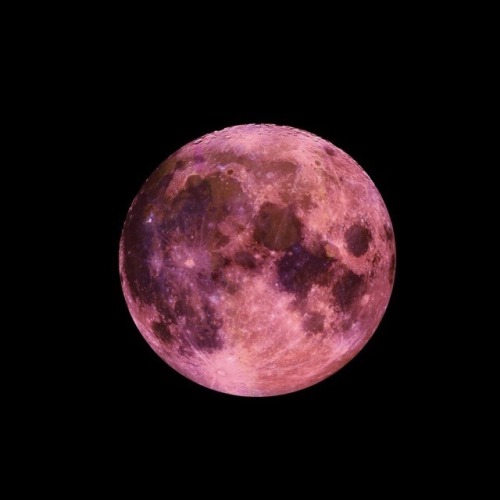

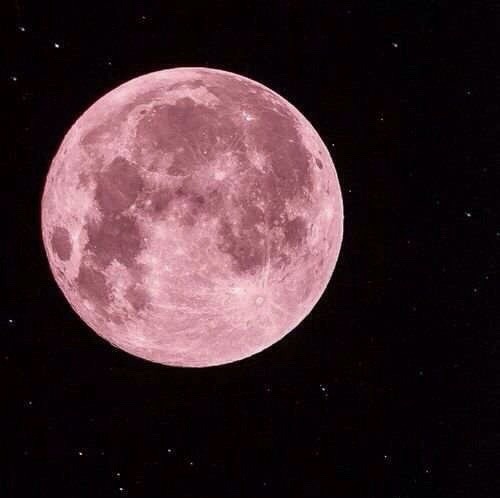
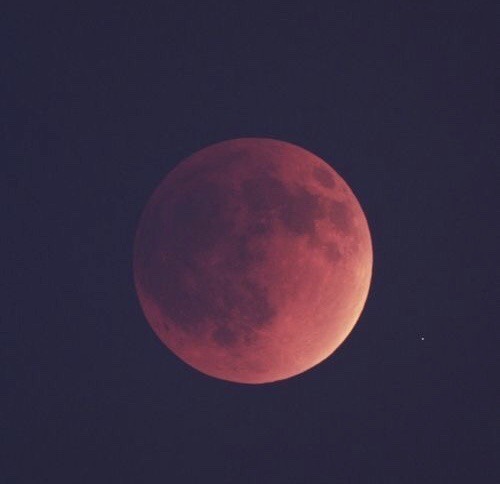
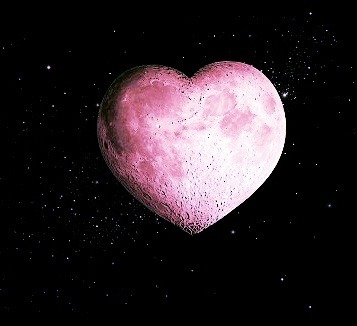
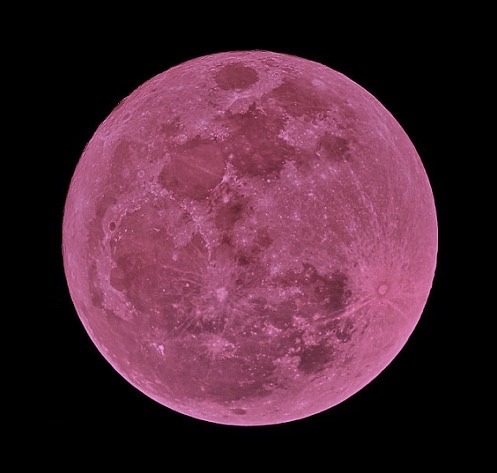


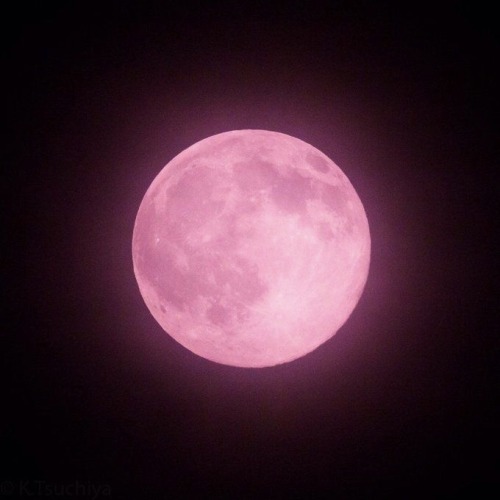
the moon is a loyal companion
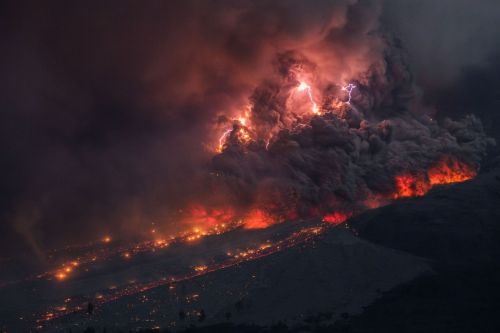
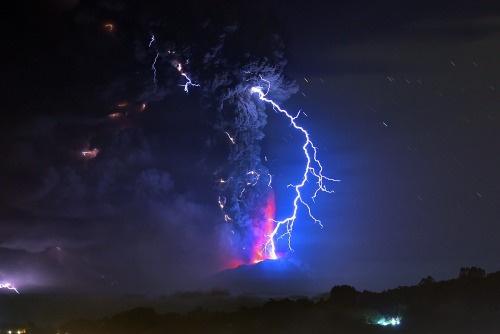
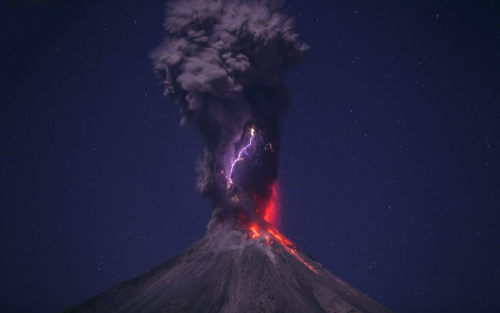
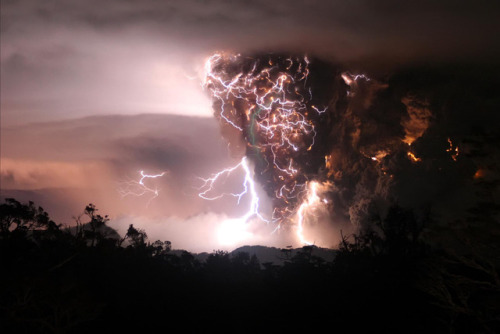
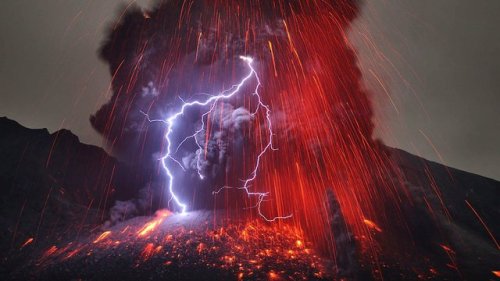
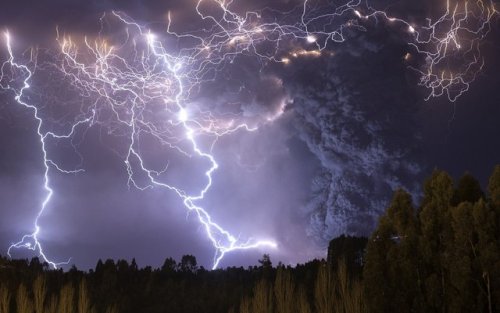
Dirty thunderstorm
A dirty thunderstorm (also volcanic lightning, thunder volcano) is a weather phenomenon that is related to the production of lightning in a volcanic plume.
A study in the journal Science indicated that electrical charges are generated when rock fragments, ash, and ice particles in a volcanic plume collide and produce static charges, just as ice particles collide in regular thunderstorms.
Volcanic eruptions are sometimes accompanied by flashes of lightning. However, this lightning doesn’t descend from storm clouds in the sky. It is generated within the ash cloud spewing from the volcano, in a process called charge separation.
source
images


☄️ ☄️ ☄️


So much of fluid dynamics comes down to finding the right way to observe a flow. (Image credit: Expedition 59 Crew; via NASA Earth Observatory)




video stills april 2020
i swear i’m going to give you the best goddamn hug you’ve ever had as soon as i can
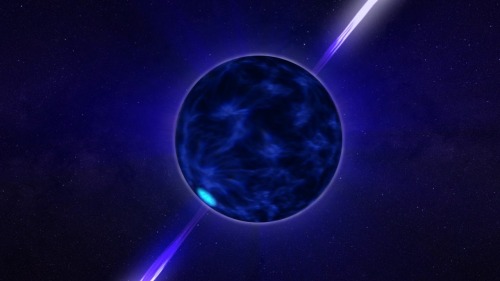
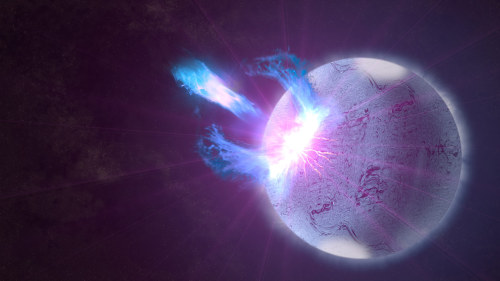
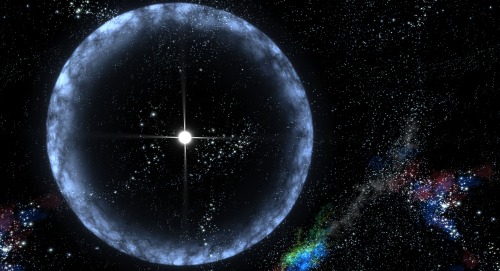
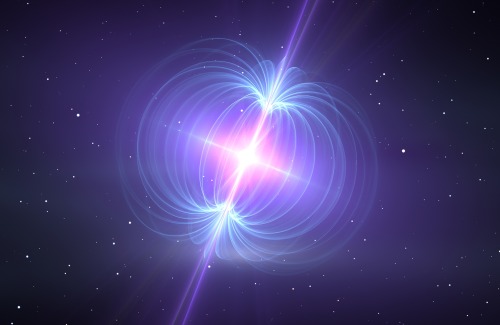
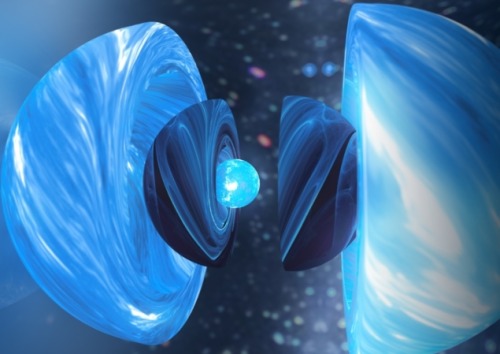
Starquakes
Sometimes a neutron star will undergo a glitch, a sudden small increase of its rotational speed or spin up. Glitches are thought to be the effect of a starquake—as the rotation of the neutron star slows, its shape becomes more spherical. Due to the stiffness of the “neutron” crust, this happens as discrete events when the crust ruptures, creating a starquake similar to earthquakes. After the starquake, the star will have a smaller equatorial radius, and because angular momentum is conserved, its rotational speed has increased.
Starquakes occurring in magnetars, with a resulting glitch, is the leading hypothesis for the gamma-ray sources known as soft gamma repeaters.
Recent work, however, suggests that a starquake would not release sufficient energy for a neutron star glitch; it has been suggested that glitches may instead be caused by transitions of vortices in the theoretical superfluid core of the neutron star from one metastable energy state to a lower one, thereby releasing energy that appears as an increase in the rotation rate. (source)
-
 chime2024 reblogged this · 1 month ago
chime2024 reblogged this · 1 month ago -
 lost-my-sanity1 reblogged this · 2 months ago
lost-my-sanity1 reblogged this · 2 months ago -
 lost-my-sanity1 liked this · 2 months ago
lost-my-sanity1 liked this · 2 months ago -
 soberbutsleepless reblogged this · 2 months ago
soberbutsleepless reblogged this · 2 months ago -
 dragonmp93 reblogged this · 2 months ago
dragonmp93 reblogged this · 2 months ago -
 benders-shiny-metal-ass reblogged this · 2 months ago
benders-shiny-metal-ass reblogged this · 2 months ago -
 starsublime liked this · 2 months ago
starsublime liked this · 2 months ago -
 chronosynclasticinfundibulums liked this · 2 months ago
chronosynclasticinfundibulums liked this · 2 months ago -
 swallowedabug reblogged this · 2 months ago
swallowedabug reblogged this · 2 months ago -
 bluefoxdandelion reblogged this · 2 months ago
bluefoxdandelion reblogged this · 2 months ago -
 bloghyperfixes liked this · 2 months ago
bloghyperfixes liked this · 2 months ago -
 love-n-purple reblogged this · 3 months ago
love-n-purple reblogged this · 3 months ago -
 reannall liked this · 4 months ago
reannall liked this · 4 months ago -
 monyapolize reblogged this · 4 months ago
monyapolize reblogged this · 4 months ago -
 kingbob2-0 liked this · 6 months ago
kingbob2-0 liked this · 6 months ago -
 11equilibrium reblogged this · 6 months ago
11equilibrium reblogged this · 6 months ago -
 love-n-purple reblogged this · 6 months ago
love-n-purple reblogged this · 6 months ago -
 kawouwu reblogged this · 7 months ago
kawouwu reblogged this · 7 months ago -
 wwinnnryy-rockbelll liked this · 8 months ago
wwinnnryy-rockbelll liked this · 8 months ago -
 placeholdertilidelete reblogged this · 8 months ago
placeholdertilidelete reblogged this · 8 months ago -
 jackfrostimposter reblogged this · 10 months ago
jackfrostimposter reblogged this · 10 months ago -
 jackfrostimposter liked this · 11 months ago
jackfrostimposter liked this · 11 months ago -
 crow-thing reblogged this · 1 year ago
crow-thing reblogged this · 1 year ago -
 voidgremlin reblogged this · 1 year ago
voidgremlin reblogged this · 1 year ago -
 photographingeverythingnearme reblogged this · 1 year ago
photographingeverythingnearme reblogged this · 1 year ago -
 wtf-is-a-person liked this · 1 year ago
wtf-is-a-person liked this · 1 year ago -
 elusivestarnights liked this · 1 year ago
elusivestarnights liked this · 1 year ago -
 sometimes-optimistic reblogged this · 1 year ago
sometimes-optimistic reblogged this · 1 year ago -
 step-on-me-handong liked this · 1 year ago
step-on-me-handong liked this · 1 year ago -
 crab-walking-voltron-looking liked this · 1 year ago
crab-walking-voltron-looking liked this · 1 year ago -
 beanibop reblogged this · 1 year ago
beanibop reblogged this · 1 year ago -
 littlepoetess liked this · 1 year ago
littlepoetess liked this · 1 year ago -
 sapi-o-phobia liked this · 1 year ago
sapi-o-phobia liked this · 1 year ago -
 phoenixastar reblogged this · 1 year ago
phoenixastar reblogged this · 1 year ago -
 circumpolarvampire liked this · 1 year ago
circumpolarvampire liked this · 1 year ago -
 ursatempest liked this · 1 year ago
ursatempest liked this · 1 year ago -
 ragefear reblogged this · 1 year ago
ragefear reblogged this · 1 year ago -
 juliette78910 reblogged this · 1 year ago
juliette78910 reblogged this · 1 year ago -
 juliette78910 liked this · 1 year ago
juliette78910 liked this · 1 year ago -
 tinkercatt reblogged this · 1 year ago
tinkercatt reblogged this · 1 year ago -
 decoy-soul reblogged this · 1 year ago
decoy-soul reblogged this · 1 year ago -
 kingoftheandalsevenkindoms reblogged this · 1 year ago
kingoftheandalsevenkindoms reblogged this · 1 year ago -
 vagrantclown reblogged this · 1 year ago
vagrantclown reblogged this · 1 year ago -
 calmmyfears reblogged this · 1 year ago
calmmyfears reblogged this · 1 year ago -
 calmmyfears liked this · 1 year ago
calmmyfears liked this · 1 year ago -
 theroncharlize reblogged this · 1 year ago
theroncharlize reblogged this · 1 year ago -
 sorateien reblogged this · 1 year ago
sorateien reblogged this · 1 year ago -
 sorateien liked this · 1 year ago
sorateien liked this · 1 year ago -
 spacestationreststop reblogged this · 1 year ago
spacestationreststop reblogged this · 1 year ago


